Osaka Tourism Information

The city is the third largest by population in Japan and boasts of having the second largest economy after Tokyo. A large number of global corporations such as Panasonic, Sharp, Daikin and Nissei are based in Osaka. Therefore it's no surprise that Osaka is a centre for IT and technology, often cheaper to buy electronic equipment here rather than in Tokyo!
The centre of Osaka, also called Umeda, with Osaka station at its centre, is home to many retail businesses, hotels, office buildings and an enormous underground shopping complex. Osaka is full of culture, entertainment, neon lightning, and multiple options for visitors spread around its many districts.
However the most important feature of Osaka is its people, who are kind and warm-hearted. You should definitely take the opportunity to interact with the locals, and experience what is best about Osaka.
Osaka has a humid subtropical climate with four distinct seasons. Winters (December to February) are fairly mild, with temperatures ranging from 3°C to 2°C and little precipitation. Snowfall is rare but there are occasional light flurries. Summers (June to August) are quite humid and hot, with temperatures ranging from 20°C to 35°C; summers are also the wettest season in Osaka, with around 10 rainy days per month between May and September.
Spring and autumn are good seasons to visit Japan, when the weather is mild. Those who visit in late March or early April should see the spectacular sight of cherry blossoms in full bloom, while the trees will be wearing their autumn colours in October and early November.
Osaka is an epicentre of transportation networks which all combine into two main centres, (Umeda and Namba). However when travelling long distance the Shinkansen trains don't reach the city centre, therefore you need to change at Shin-Osaka and continue your journey by local or rapid JR trains.
Coming from the Airport there is a few lines; the Rapid Express airport line linking directly to Namba station costs 1130 Yen and takes just over 30 minutes. You will quickly identify the trains by their sharp blue and modern shape. For a more economical trip, you can take the Nankai line, (Nankai Airport Express) taking around 44 minutes to reach the airport for a cheaper 920 Yen. At Namba you can change for the metro. Within the city, metro, JR and Busses are all very accessible. Note that the Airport Express Train also stops at Shin-Imamiya Station, which is convenient to for visiting the Zoo, Shinsekai area and the Tsutenkaku tower.
For visitors the best transportation is getting metro and JR lines once in Osaka. A lot of the major attractions around Osaka are around the Osaka Loop Line (O Line), but can also be accessed by the metro. The two main centres of Osaka are located around Namba station and Umeda, both served by the red metro line.
If you are using the transport a lot,then it's worth checking all the ticket combinations available, like daily passes or multi tickets.
Below you can find the transportation maps for Osaka available to download:
Osaka was formerly known as Naniwa. Before the Nara Period, when the capital used to be moved with the reign of each new emperor. In the 16th century, Toyotomi Hideyoshi chose Osaka as the location for his castle, which is the highlight of your visit to Osaka. At a first glance, Osaka is a modern city full of interesting districts which offer many and varied activities from the classic temples to modern buildings, and entertainment, specially in the Namba district. It's a city worth exploring every corner!
The main districts and highlights in Osaka can be found below at the "Osaka District and major sights" section tab.
Osaka's nightlife is vibrant, hectic and extremely diverse, and there are an enormous number of bars, clubs, restaurants and entertainment venues throughout the city.
Check the website Kansaiscene.com for the latest info on clubs, bars and one-o dance events.
Osaka is renowned for it long covered-shopping streets and vast underground shopping malls, as well as specialist shopping areas for electronics and kitchenware. Key areas Japan's longest shopping street, Tenjinbashi-Suji Shopping Arcade, is located in Kita. It is a 2.6km-long, vault-roofed line of shops interspersed with cinemas, game centres, bars and restaurants.
Another key area is Mido-Suji Avenue, a wide, tree-lined street that is Osaka's main north-south thoroughfare. It is also the place for exclusive fashion and design, with elegant brand shops featuring the latest European fashions. The nearby America-Mura has hundreds of fashion shops, bars and restaurants aimed at young Japanese with a taste for rock, punk and hip hop. Nipponbashi Den-Den Town in Minami is a paradise for fans of electronics and gadgetry.
Kita has a large underground shopping mall complex, connecting most of the train stations in the area and containing a vast number of brand stores, fashionable boutiques, cafés and restaurants. Some of the largest malls are Yodobashi Camera, located around JR Osaka Station, and the Hankyu Grand Building and the Hankyu Sanbangai, near Hankyu Umeda Station. In Minami, the Namba Parks shopping mall is one of Osaka’s most fashionable commercial areas, with more than 200 retail outlets, in a pleasant park setting.
The Minami area also has several large underground malls, including Crysta Nagahori and Namba Walk.
Osaka is considerably cheaper than other cities in Japan, making it a very interesting selection if you want to make the city your base and travel around to other highlights and cities nearby. Hotels around the different districts vary in price, the cheapest being in the Shinsekai area. Though it's an area good for budget accommodation it's not considered as the safest and the quality can less than expected so make sure to investigate and compare reviews of the place before booking. Average Hotel is €20 per night though you might need to share the bathroom.
Osaka is definitely a city that impresses with it's busy nightlife and never stopping streets full of stores, shops and stalls which you can walk through for hours! It's probably a much more exciting city in the evening and at night. However with the trips which can be made from Osaka it's still worth staying for at least 2 to 3 nights.
Osaka Photo Slide 📷
Osaka districts and major sights 🗺️
Namba District: Located around Namba Station, Minami, is one of Osaka's two major city centers. It is the city's most famous entertainment district and offers abundant dining and shopping choices. You will find near by the Osaka river and Dotonbori Bridge. In the area it's popular to find traditional Japanese snacks, such as Takoyaki or Okonomiyaki or Kushikatsu.
Within Namba, a short walk downwards the canal you will find, Dotonbori. A large scale downtown along the south bank of the Dotonbori-gawa Canal. There are an unbelievable number of restaurants and amusement facilities, theatres that play traditional puppet shows Bunraku, storytellers' halls and other popular entertainment as well as a number of movie theatres. Better to enjoy at night when the thousand of neon lights are flashing and changing colours!
Kita district, also known as Umeda, is the other main centres of Osaka. It is located around the large station complex that comprises Osaka and Umeda Stations. Kita's counterpart is Minami around Namba Station. Besides being Osaka's busiest transportation hub and a bustling business district, Kita also offers an abundance of shopping, dining, lodging and entertainment, including several department stores.The area is famous for hosting international shopping brands, good quality stores and upmarket retail.
One recommendation is the Umeda sky building, an observation platform connecting the two towers of the building, whose roof features a doughnut shape that provides an unobstructed 360-degree view at 170 meters off the ground.You can see all of Osaka and on a clear day as far away as Awaji Island. The basement of the building houses the Takimi-Koji gourmet street with old fashioned images of Osaka from the 1920s. Fee is ¥1000 per adult.
Shinsekai District: located to the west of Tennoji Park, is one of Osaka's most interesting neighborhoods. This area has remained largely untouched over the years. At the beginning of the 20th Century the area flourished, and pulsed with amusement attractions and restaurants.
Today in the area of Shinsekai, many old eating and drinking establishments can still be found. One highlight is Jan-Jan Yokocho Lane, which runs along one side of Shin-Sekai. This dining and shopping street is where laborers who rebuilt Osaka after World War II gathered, and it still contains Japanese-style pubs and cheap cafeteria-like restaurants.It's an entertainment district for locals, much as it has always been. It's the heart of the "original Osaka" for the locals which have lived there all their life. It's a old-fashioned area and has an antique air about it but also it can be a little dirty and some areas can have beggars on the streets. Accommodation here is very cheap however.
You will also find the Tsutenkaku, a symbol tower of Osaka in Shin-sekai. (cost ¥600).
Osaka Castle: The construction of Osaka Castle started in 1583. Then rebuilt in by Tokugawa Hidetada in the 1620s, but its main castle tower was struck by lightning in 1665 and burnt down. It was not until 1931 that the present ferro-concrete reconstruction of the castle tower was built. During the war it miraculously survived the city wide air raids. It houses an informative museum about the castle's history and Toyotomi Hideyoshi. The castle tower is surrounded by secondary citadels, gates, turrets, impressive stone walls and moats.
Also you will find the the Nishinomaru Garden, a garden with 600 cherry trees, a tea house, the former Osaka Guest House and nice views of the castle tower from below. The garden requires an admission fee. The park is one of Osaka's most popular hanami spot during the cherry blossom season, which usually takes place in early April. Fee access to the Castle is ¥600.
Nipponbashi District: also called Den Den Town. It's a shopping area specialising in electrical goods. It has more than 300 shops, some of which are Tax Free where you can get an exemption by showing your passport when you pay. Also you will find otaku's stuff shops (anime, manga, video-games, action figures, doujinshi, etc).
Abeno Harukas, standing at 300 meters, is the tallest skyscraper in Japan. It houses a department store, an art museum, a hotel and an observation deck named "Harukas 300" and occupies the building's top three floors (floors 58 to 60). Cost is ¥1500 per person.
Tsuruhashi Korea Town: This area is the centre for Korean culture, food and products in Osaka. Located at Tsuruhashi station, on the JR Osaka Loop Line. Once you exit the station’s central ticket gate, you will see dozens of Korean shops and BBQ restaurants. However, you are not yet in Koreatown. In fact, you will need approximately 11 minutes on foot till you reach Miyukimoriten Shrine, the entrance of Korea town and what is also known as Miyukimori shopping street.
Trips out of Osaka: Himeji, Nara and Kobe 🗺️
If you are staying in Osaka a few days, consider to take some trips of the city and discover some remarkable Japanese towns with much history and amazing sights to view just 30-40 minutes away from Osaka station (By Shinkansen train): These cities are:
Himeji Castle, at only 30 minutes from Osaka by train. The UNESCO World Heritage site is Japan’s most famous and traditional castle. It has survived wars and natural disasters, Visitors can explore the grounds, as well as the interior, of the Castle. To reach there take JR train to Himeji Station.
Nara, you will find wild deer roam free in the ancient city of Nara, located about 30 minutes from Osaka by train. Nara, formerly known as Heijo, was Japan’s first capital city. Today, historical treasures like temples, shrines, and pagodas can still be seen all around the small city. The best things to do on a day trip include walking through Nara Park, laying eyes on the giant Buddha statue in Todaiji Temple, and enjoying the laid back atmosphere in the city’s quaint backstreets. Get off at Nara Station on the JR lines.
Kobe, at 20 min from Osaka, The city is known for the world’s most tender beef. For centuries, Kobe served as an international seaport, welcoming seamen from neighboring countries. That history can still be felt today in the bustling, foreigner-friendly city of Kobe. While visiting there for the day, don’t miss the views from the enormous Ferris wheel at Kobe Harbor and over the city on the Shin-Kobe aerial tramway. To get there take the JR line train to Shin-Kōbe Station.































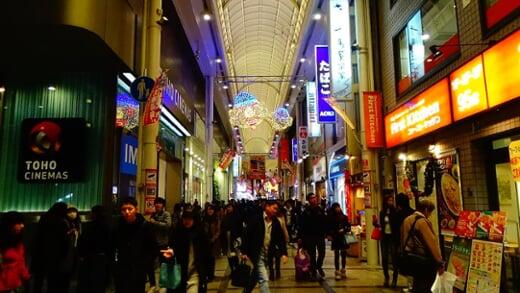
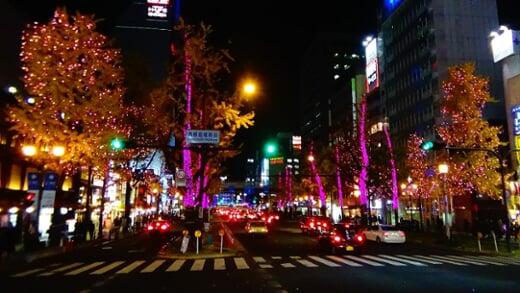
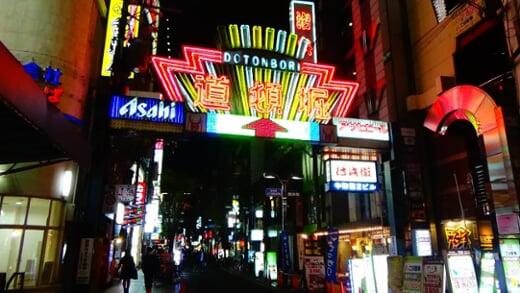
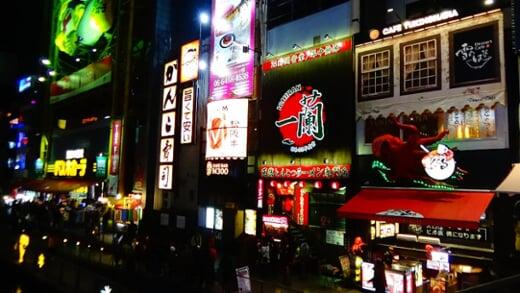
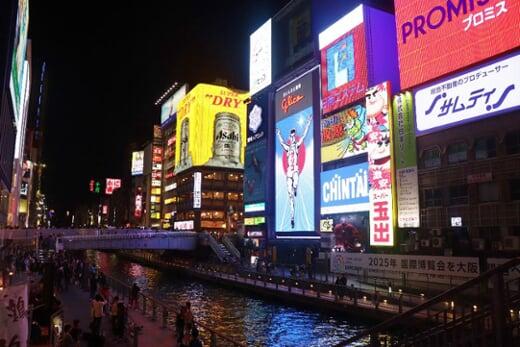
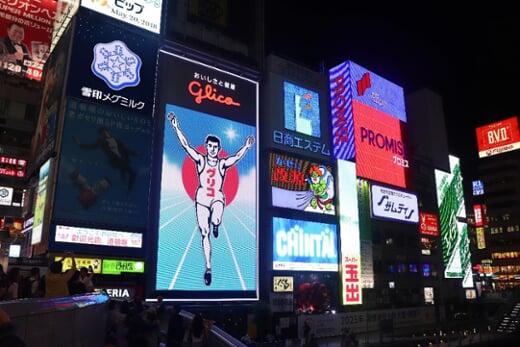
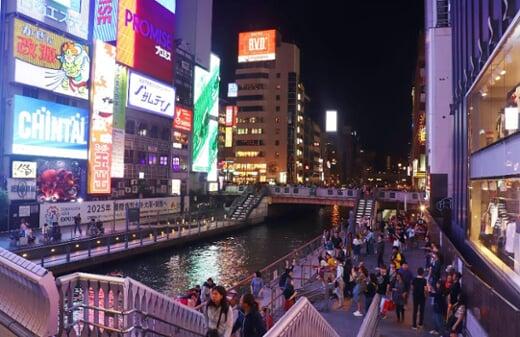
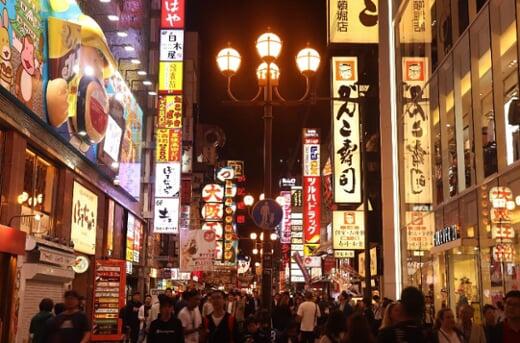
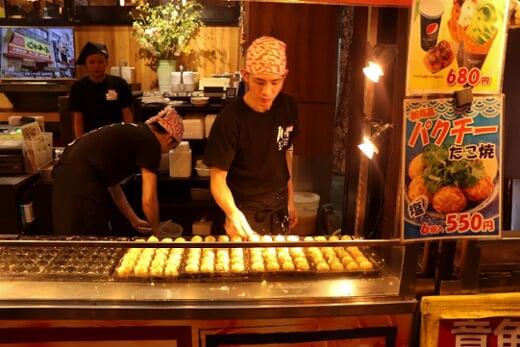
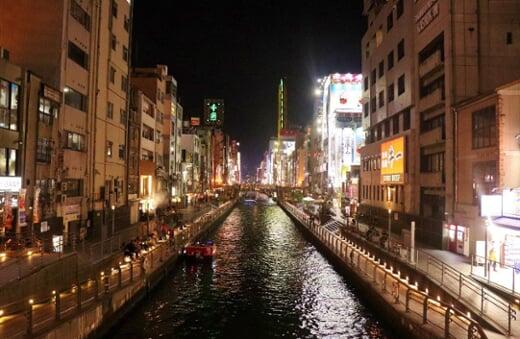
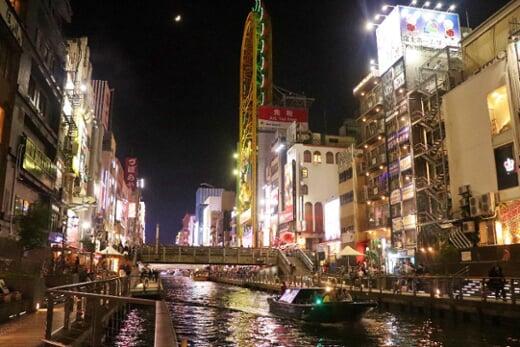
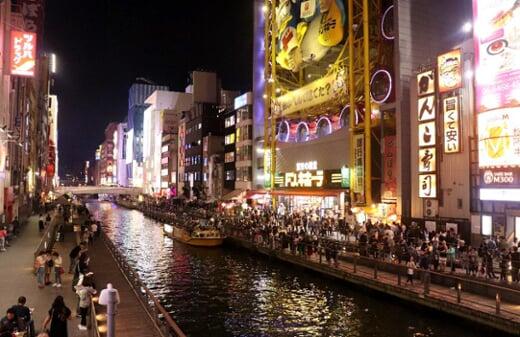
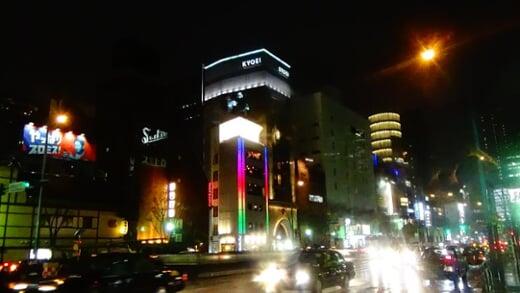
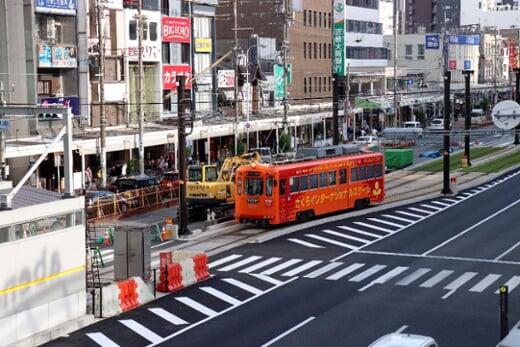
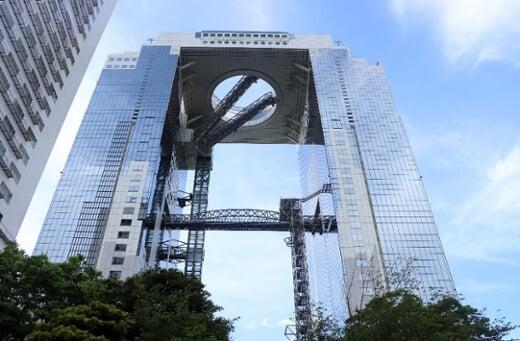
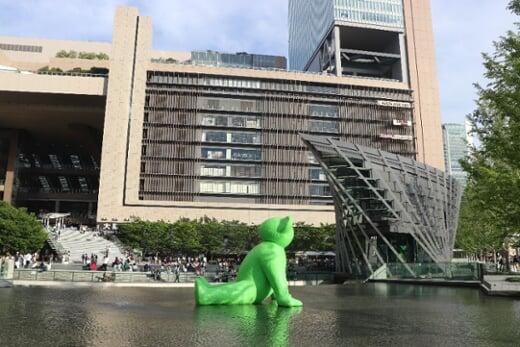
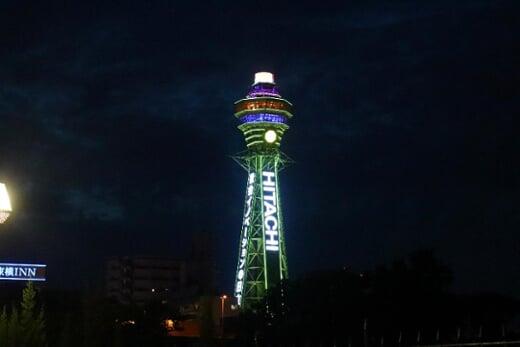
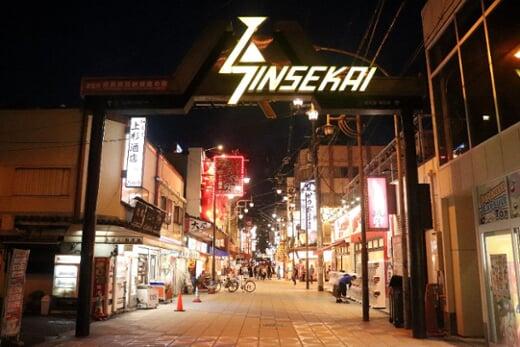
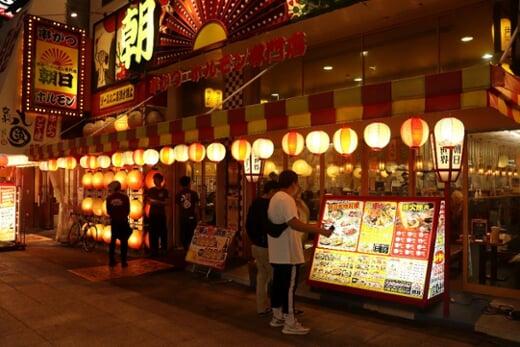
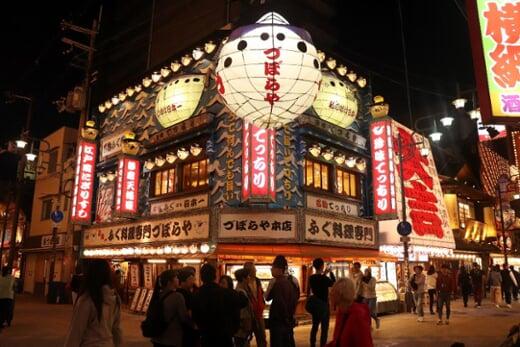
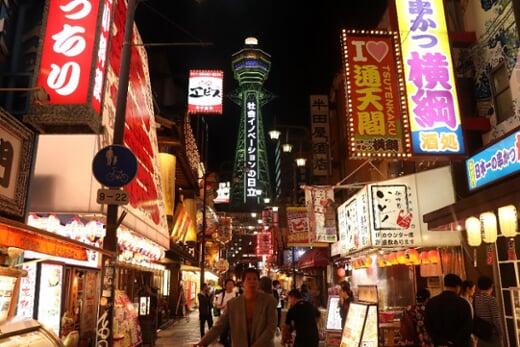
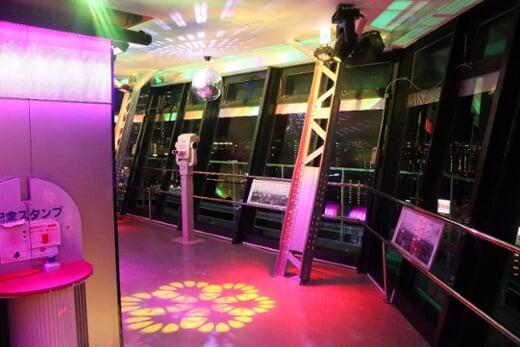
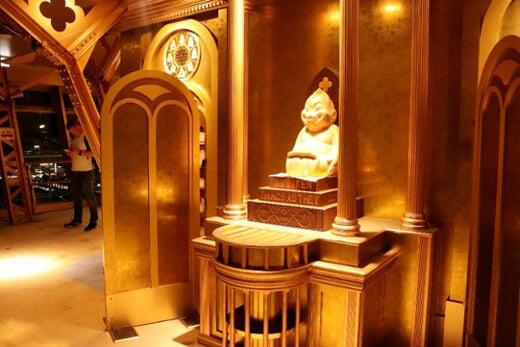
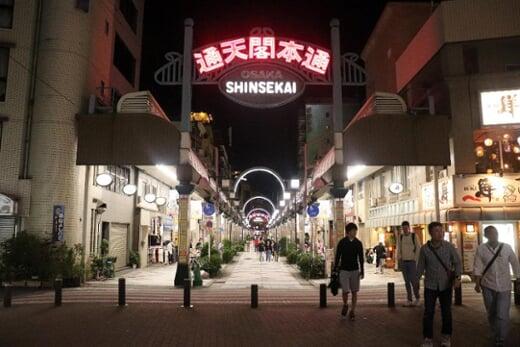
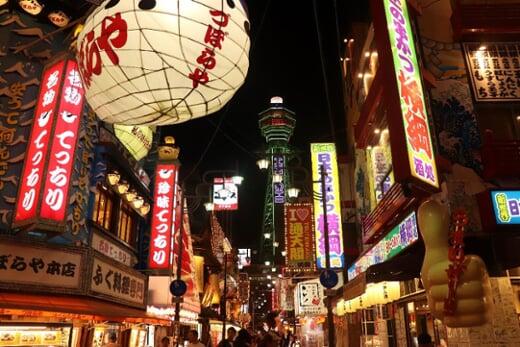
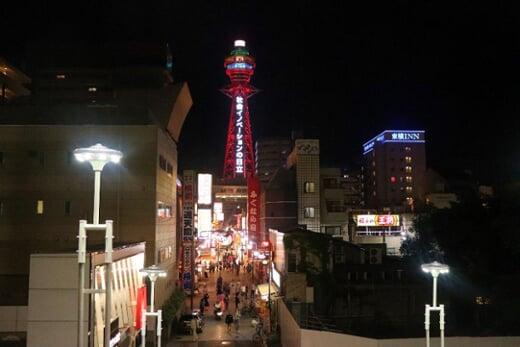
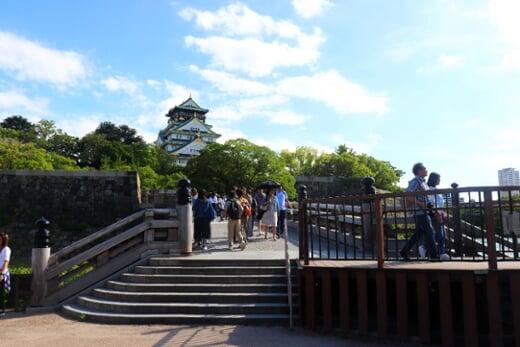
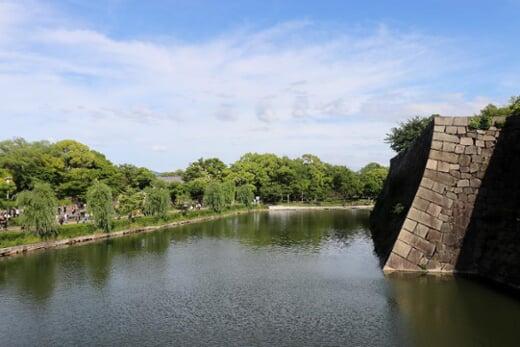
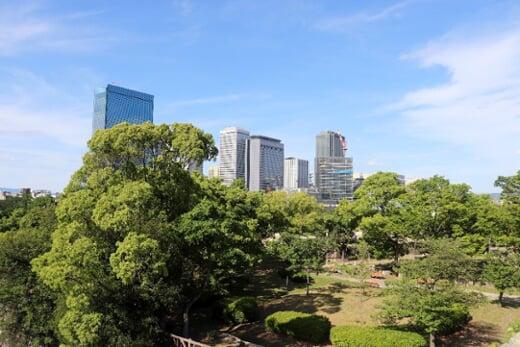
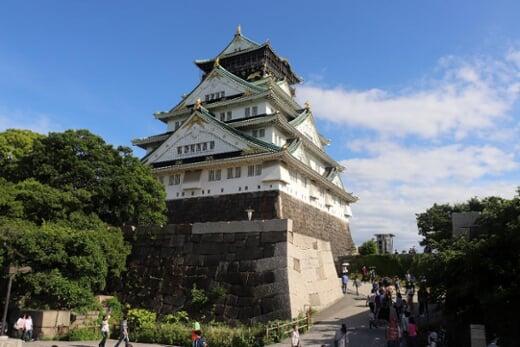
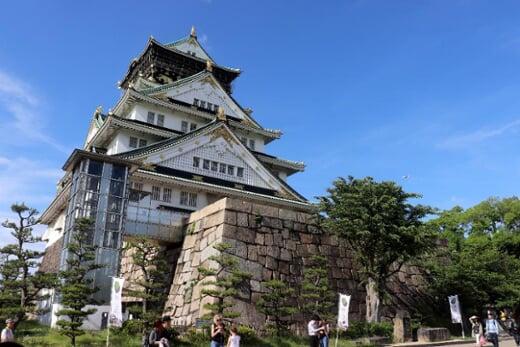
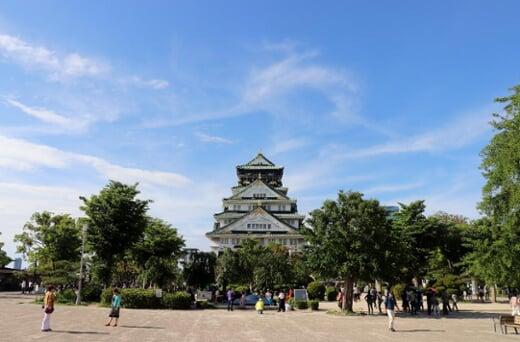
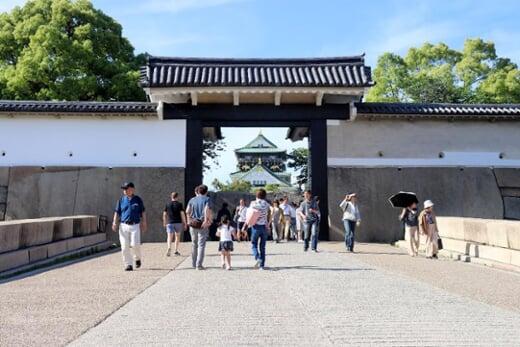
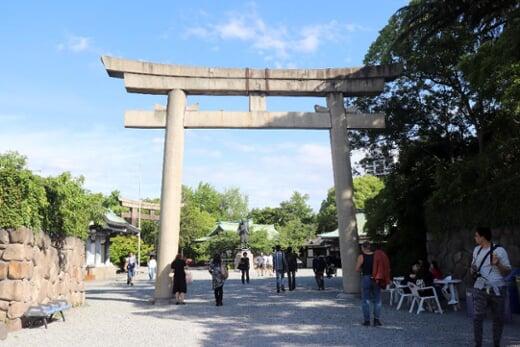
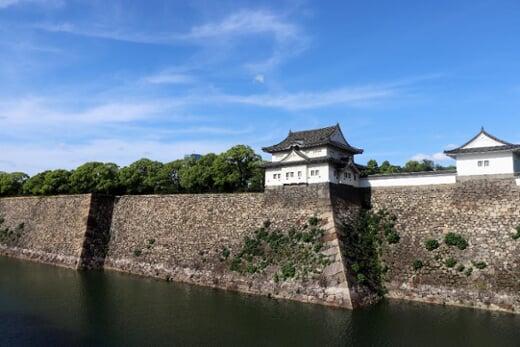
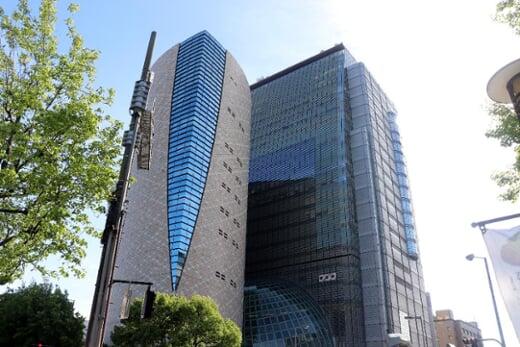
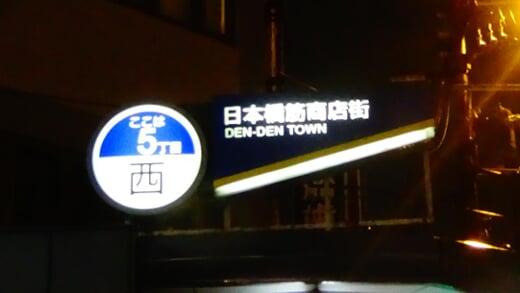
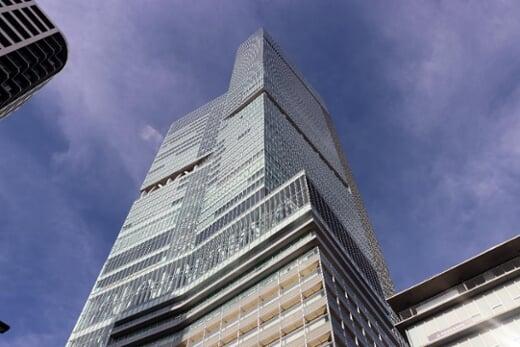
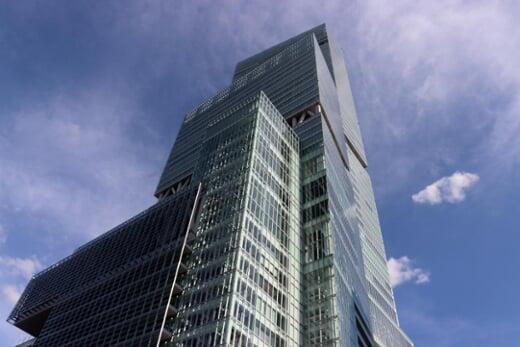
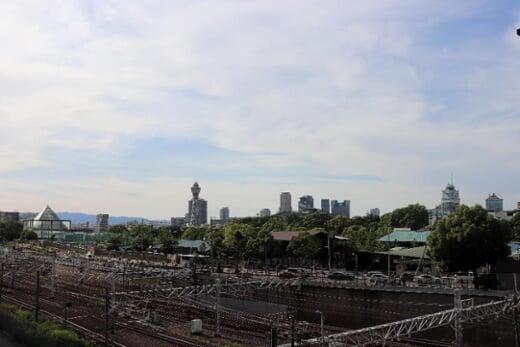
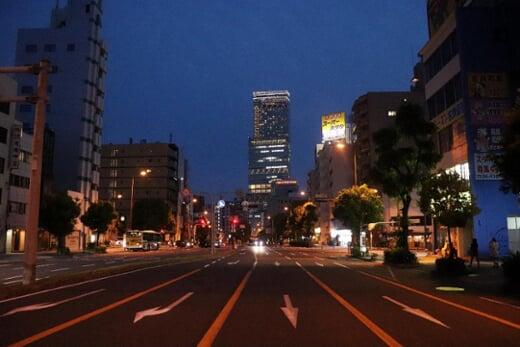
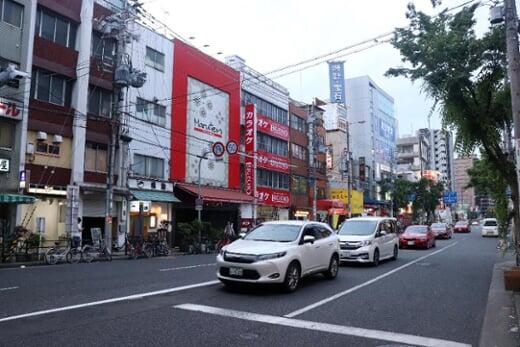
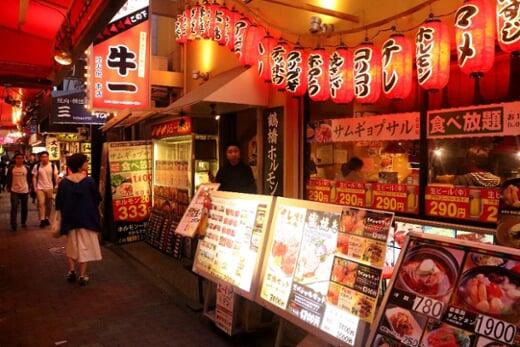
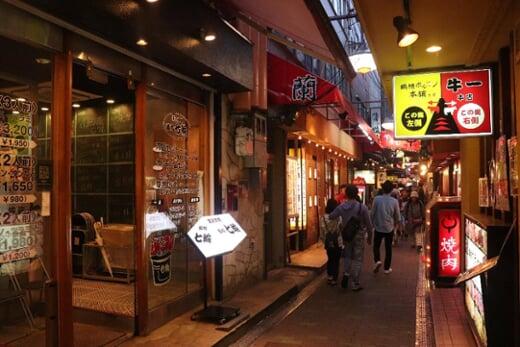
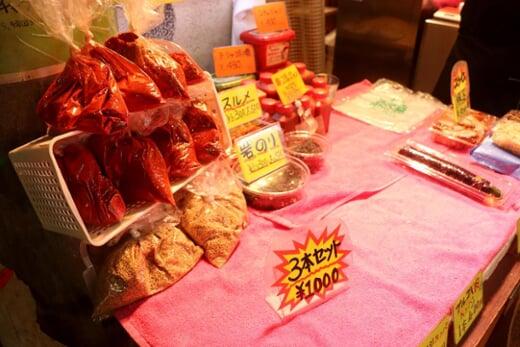
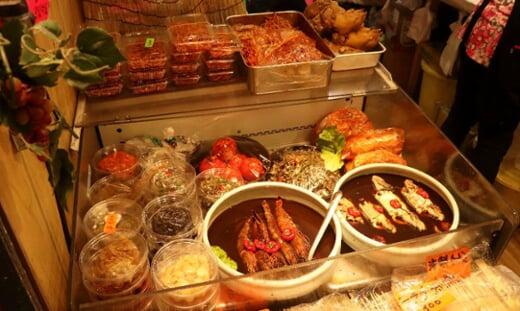
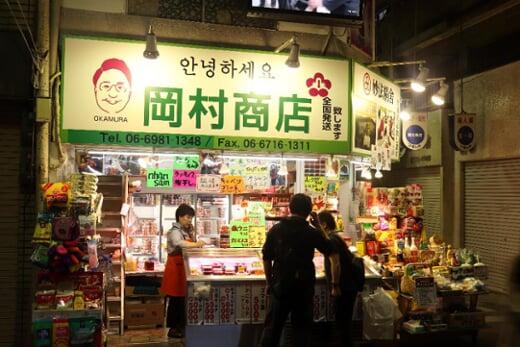
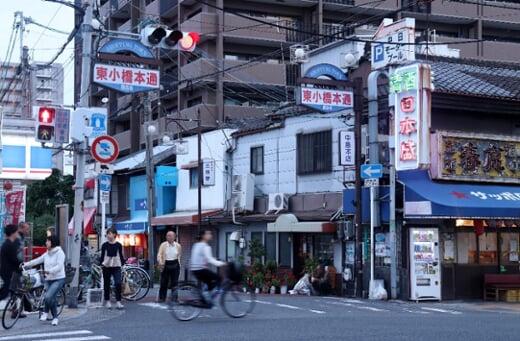
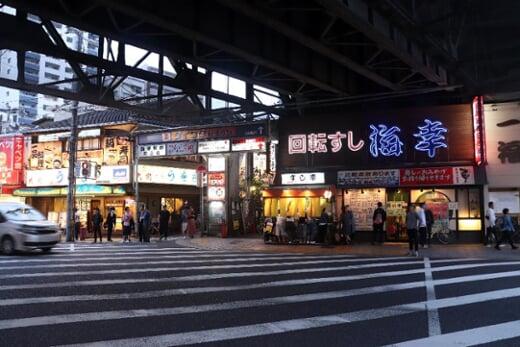
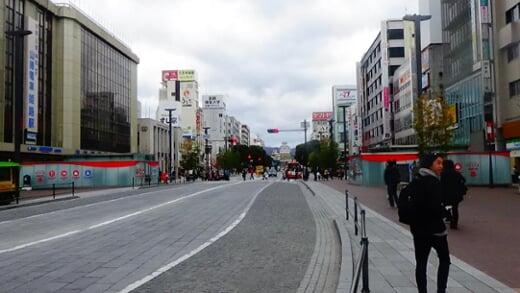
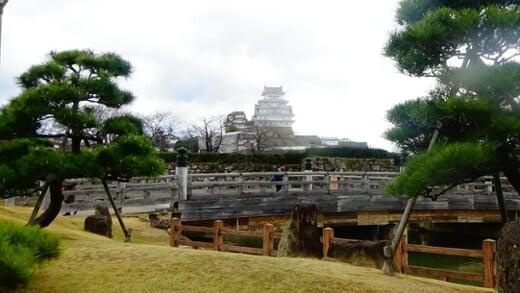
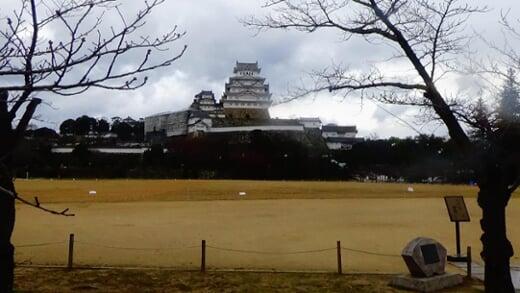
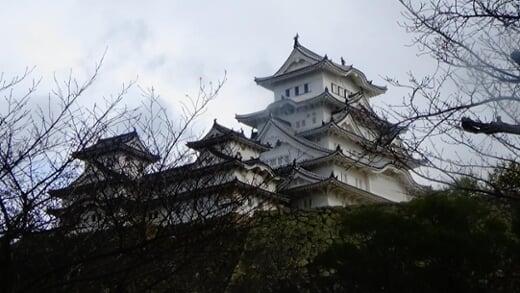
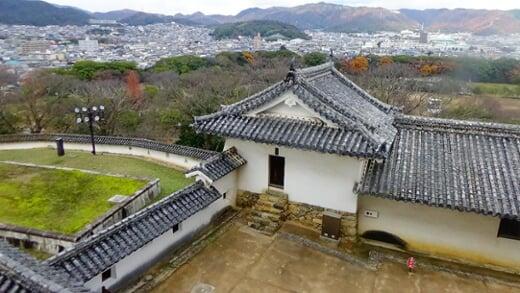
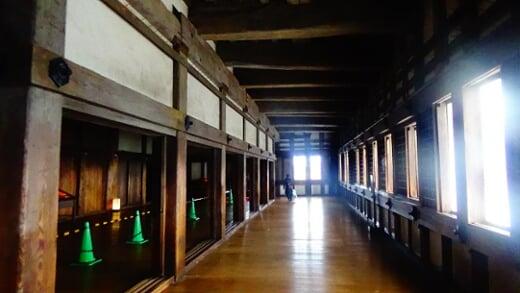
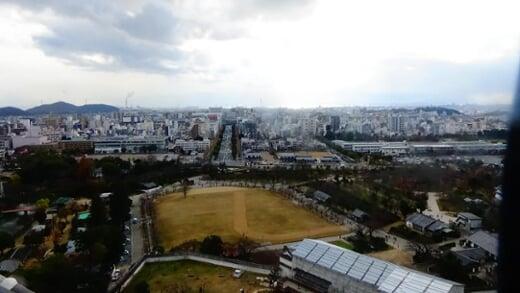
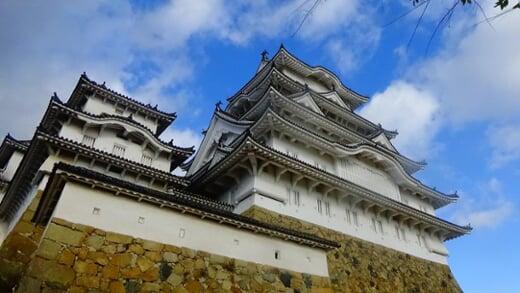
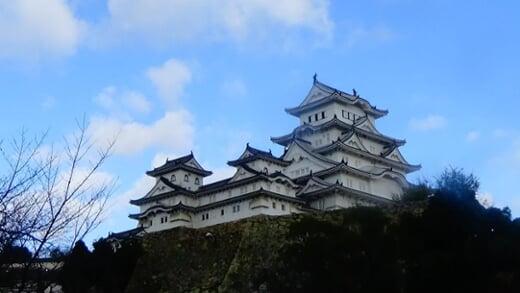
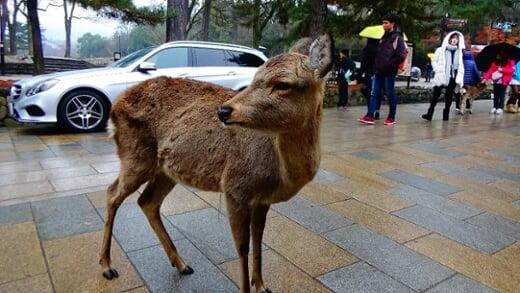
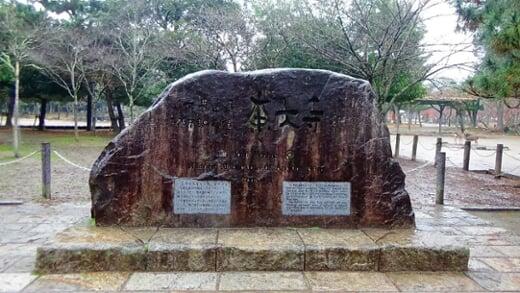
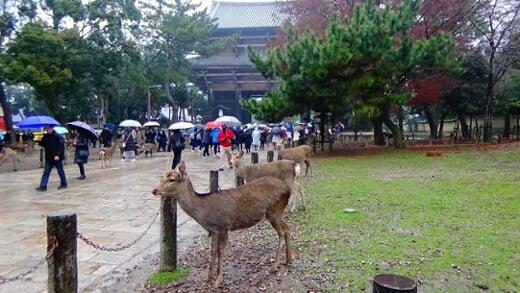
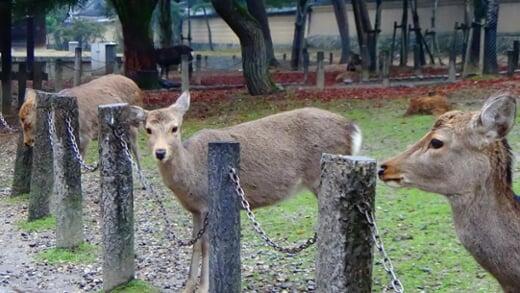
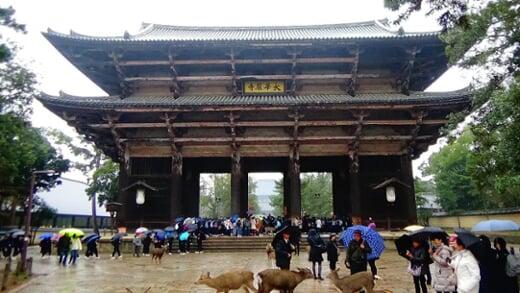
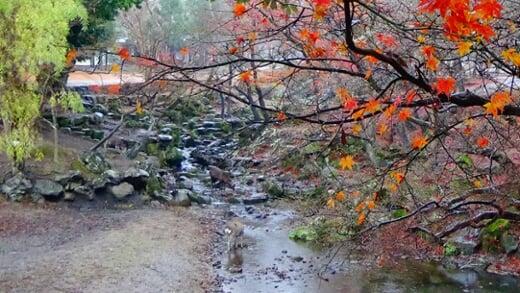
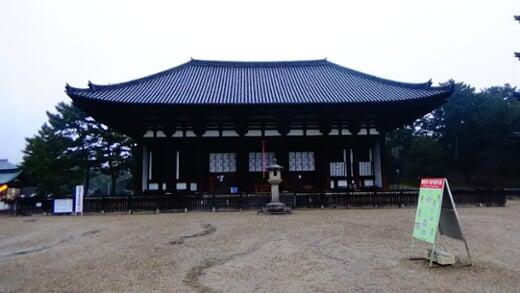
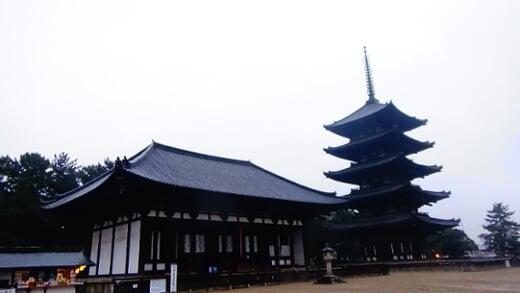
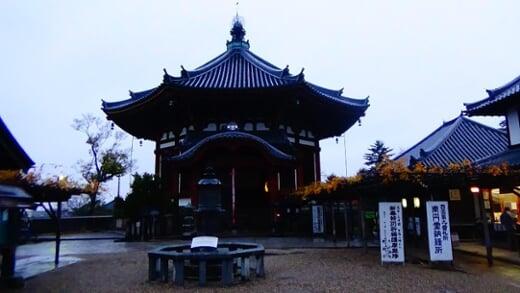
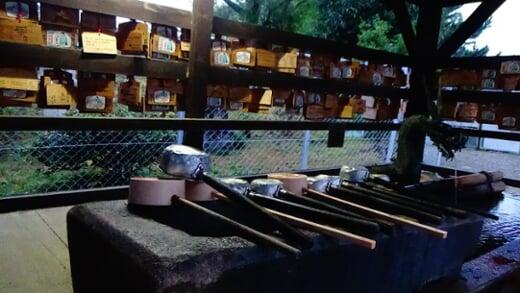
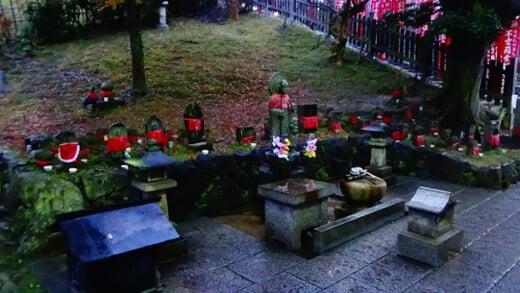
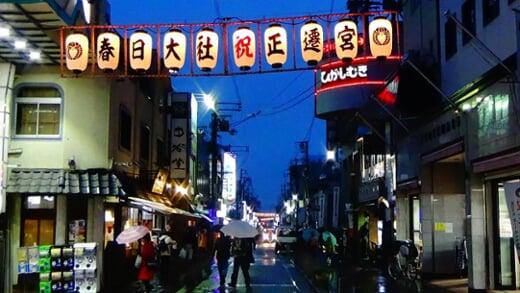
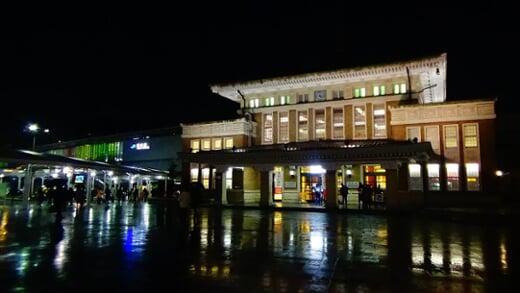
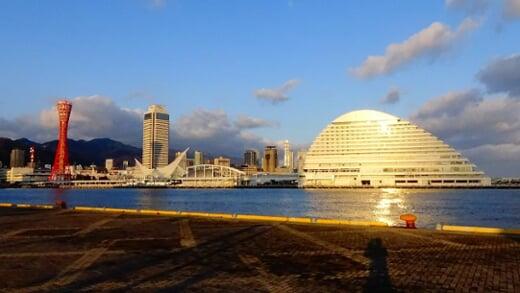
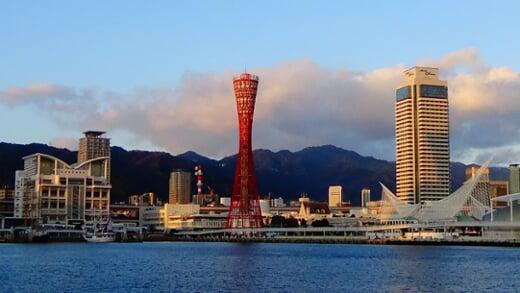
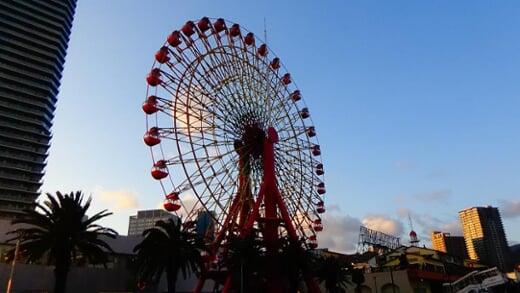
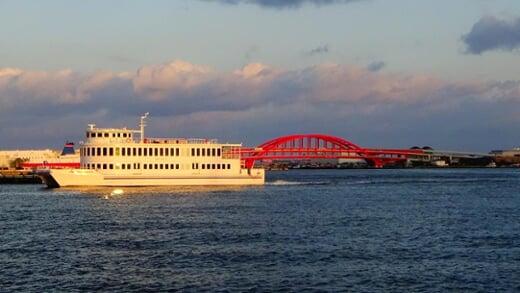
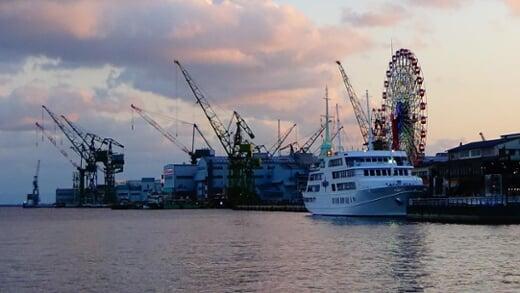
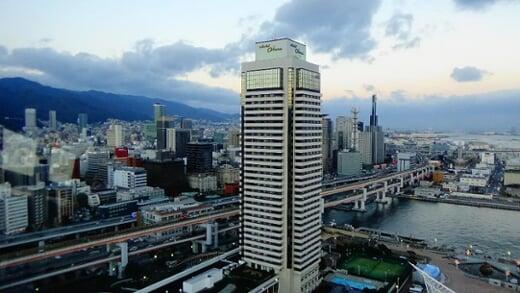
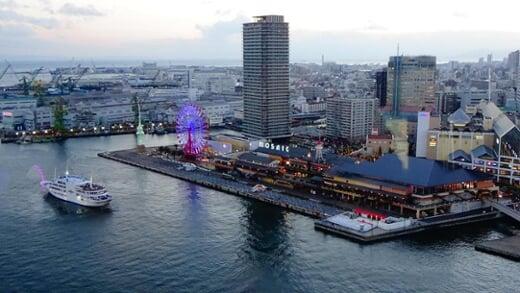
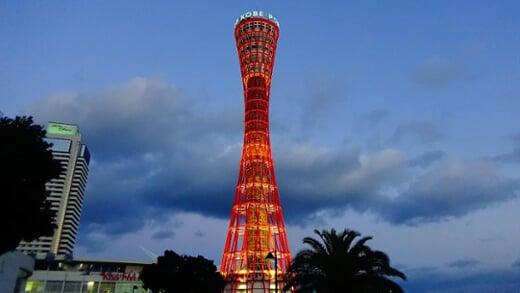
.png)